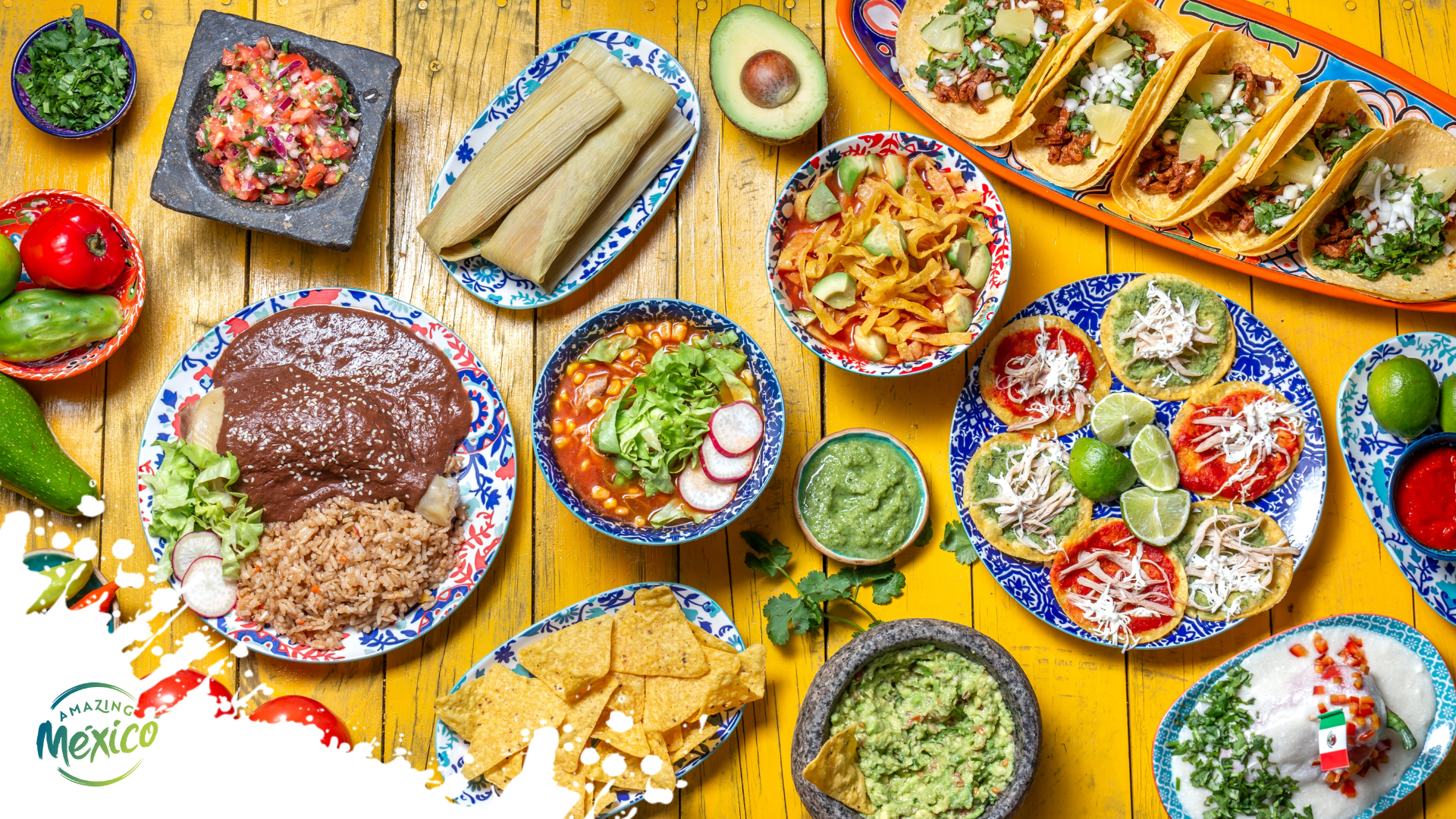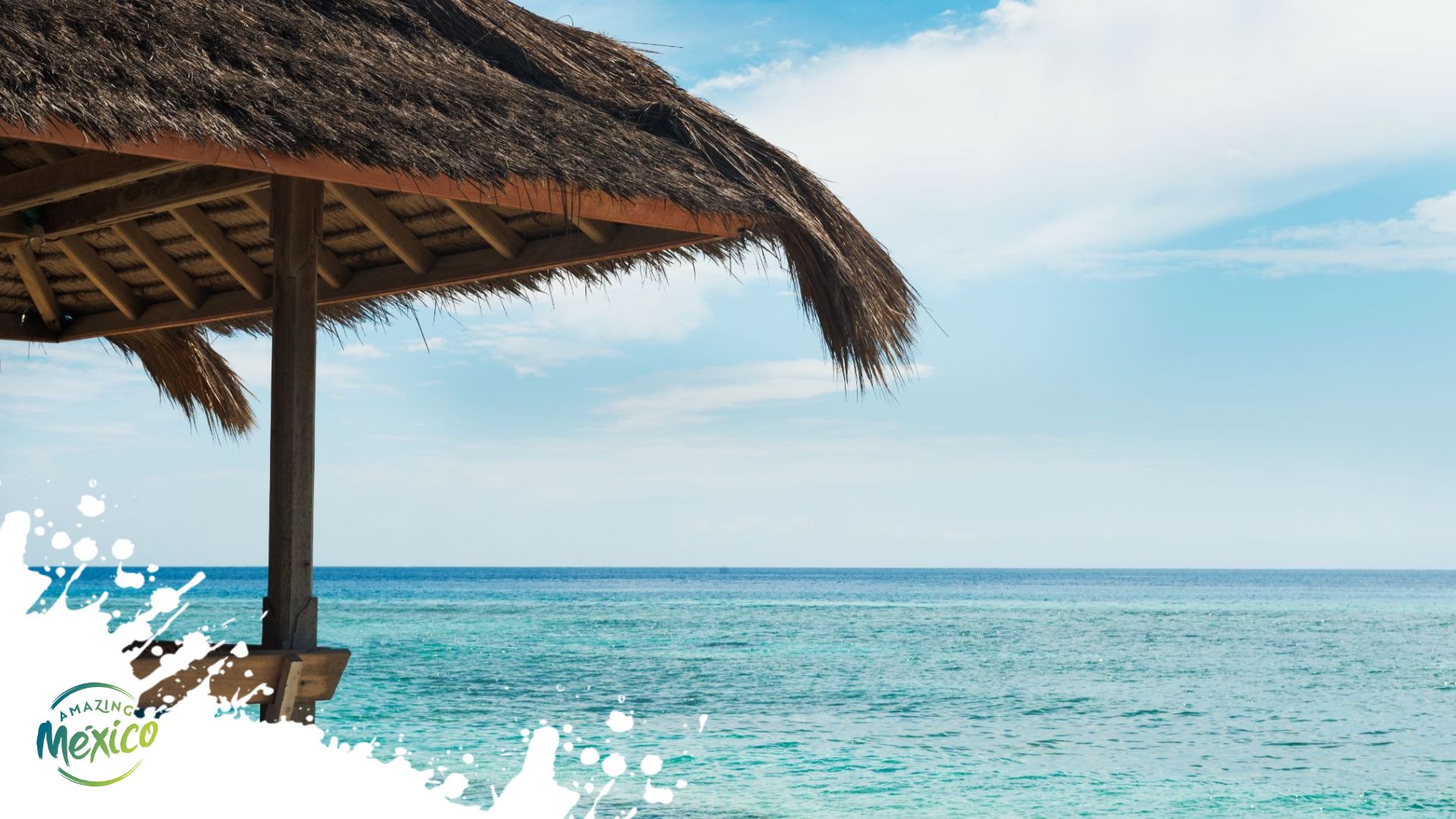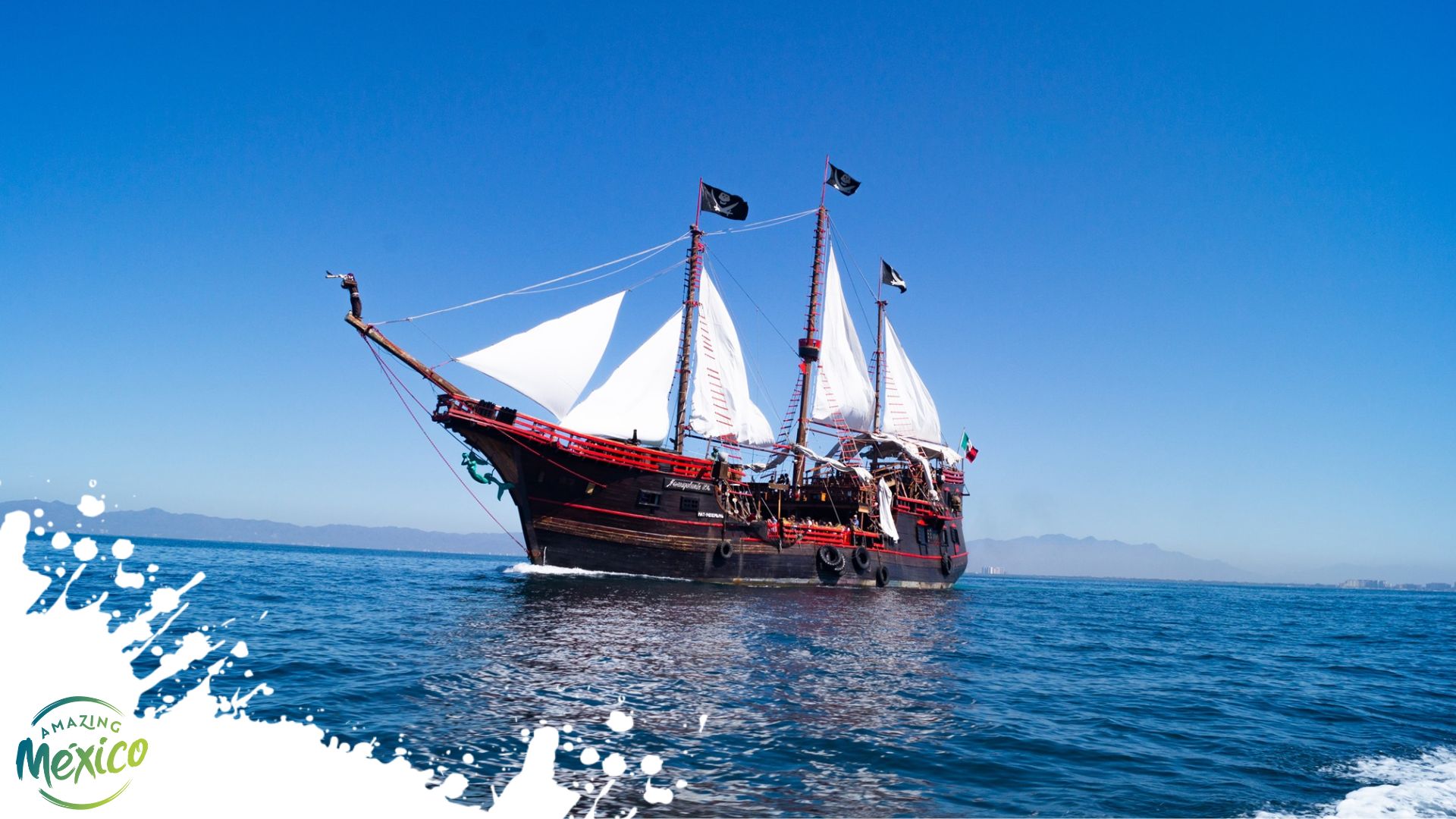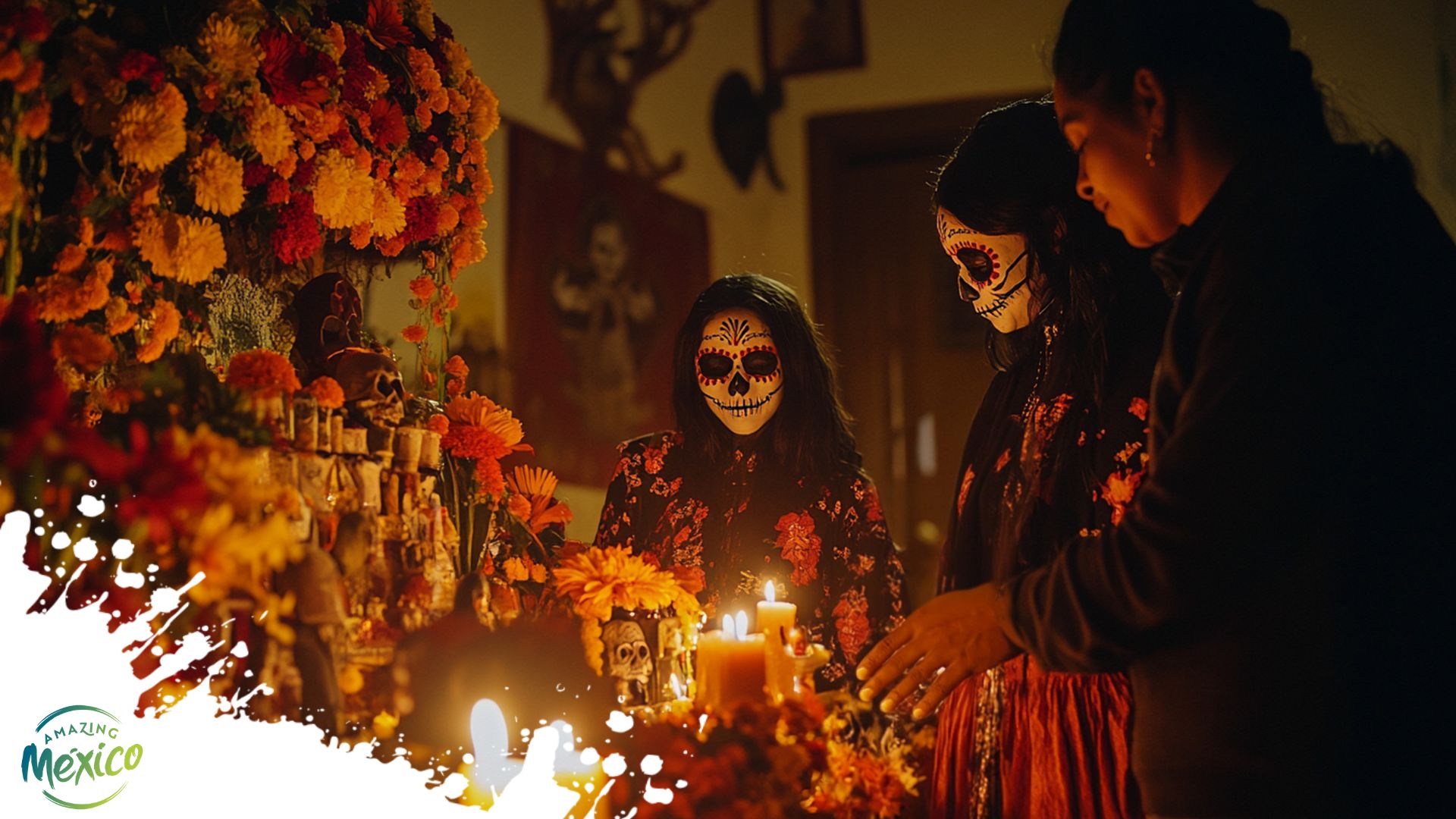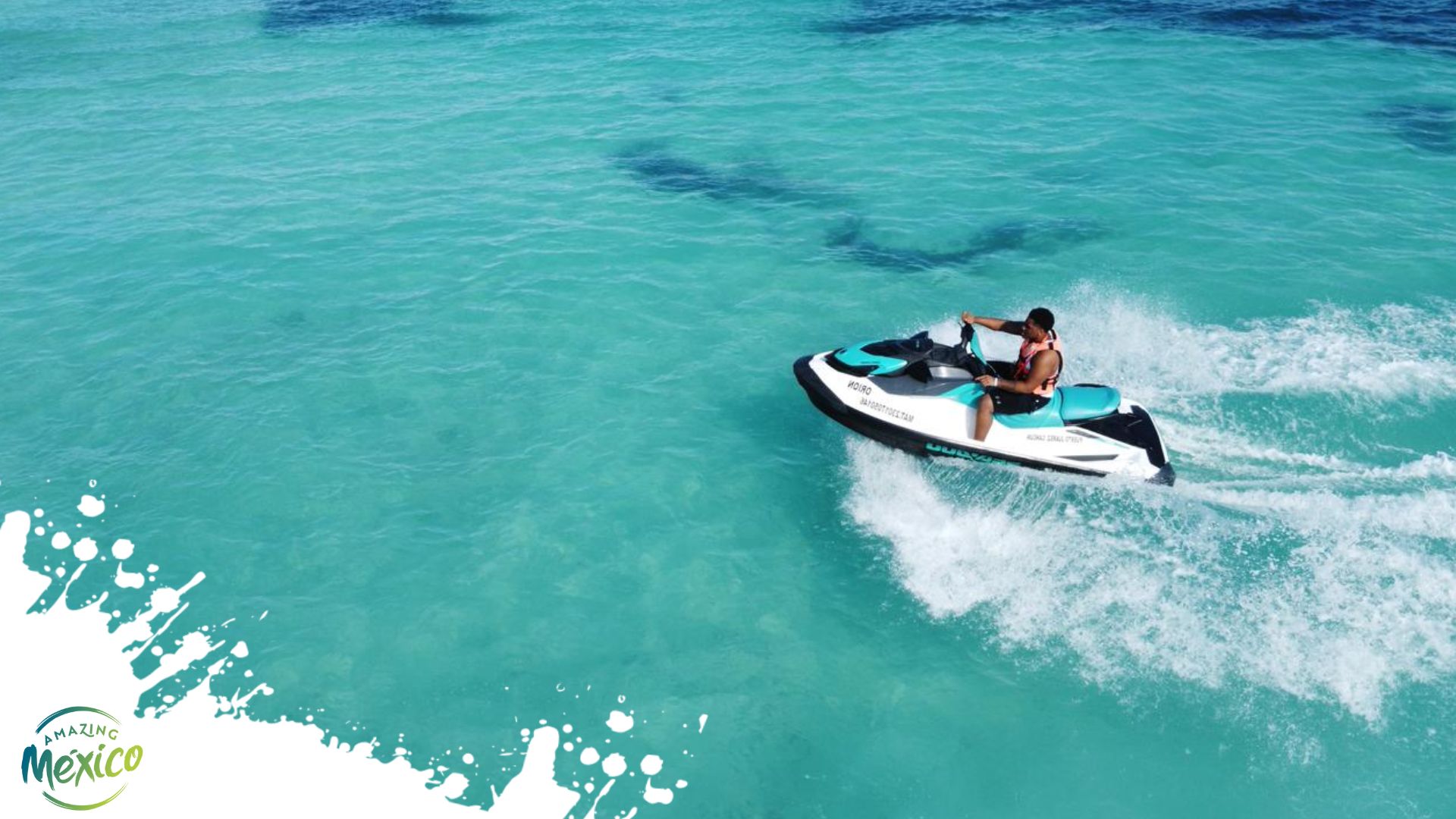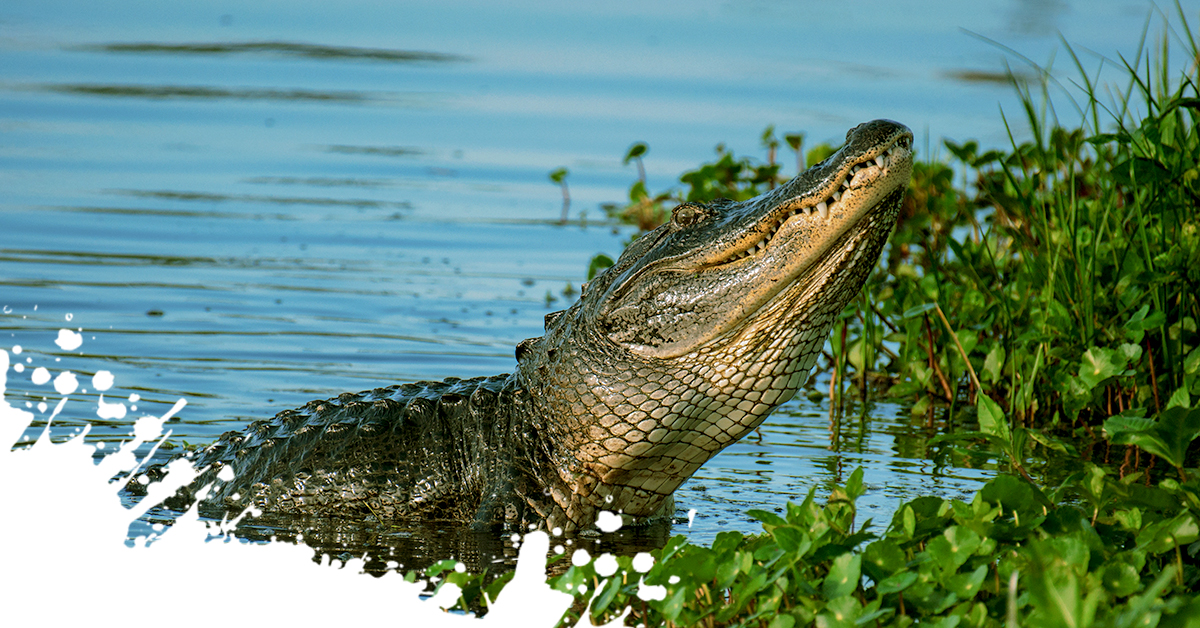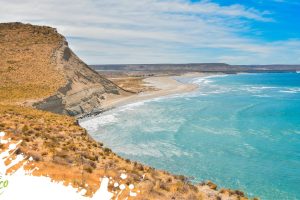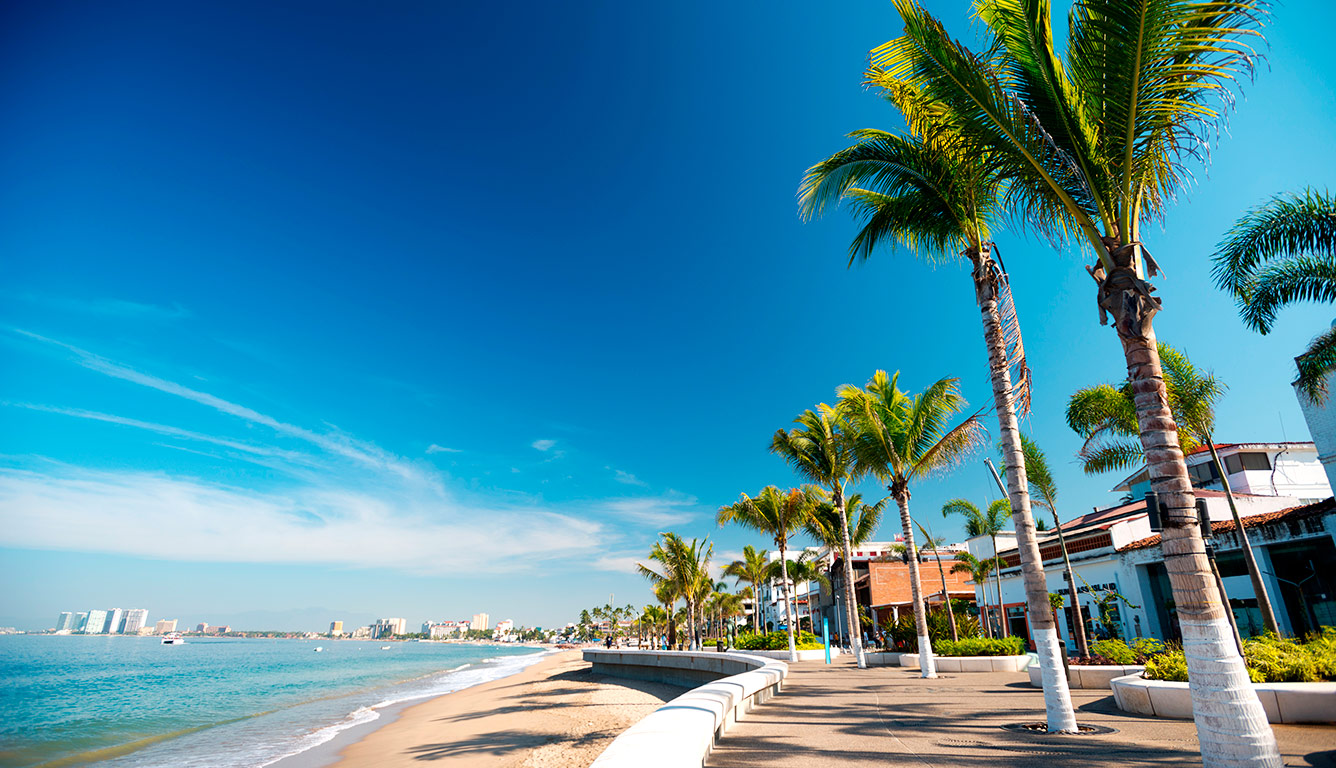Get to Know Mexico’s Flora and Fauna
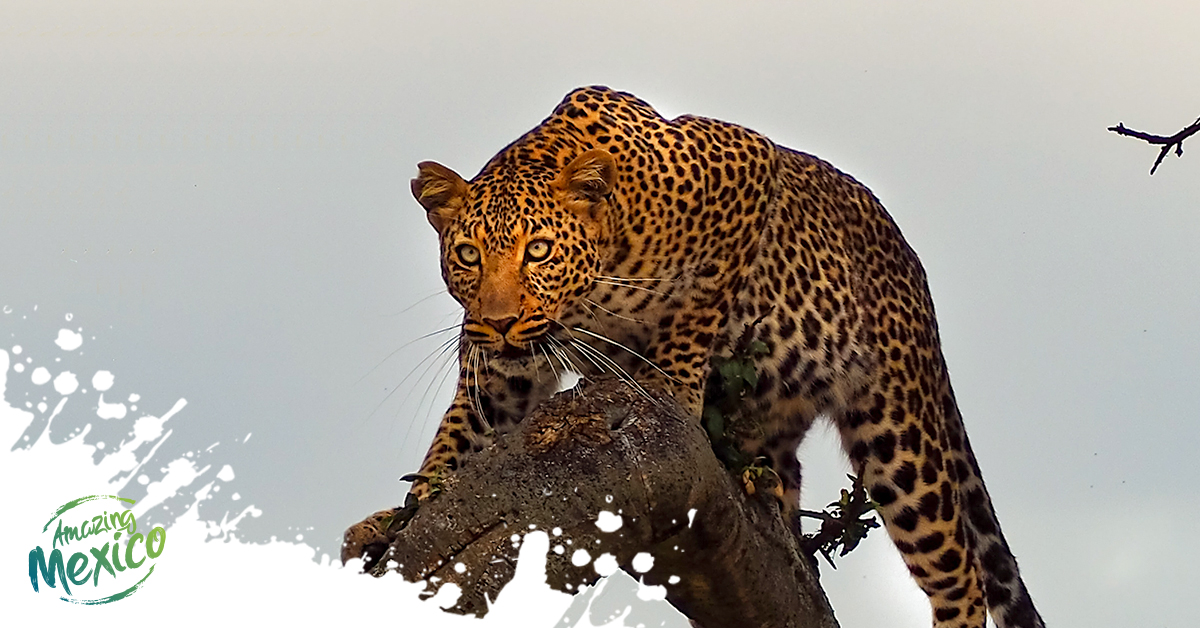
Mexico is a beautiful country with a large number of flora and fauna. In fact, more than 108.000 species of animals and plants are found in Mexico. The native flora of Mexico includes cacti, dahlias, salvias, and poinsettias. These plants have been cultivated to enrich and beautify gardens and form collections all around the world. Top tourist destinations Puerto Vallarta and Riviera Nayarit received millions of visitors each year to enjoy the area’s miles of beautiful beaches. In addition to a great climate, the area’s vegetation is abundant and diverse. The tropical weather in Puerto Vallarta is a vital part of sustaining the area’s impressive biodiversity. Thanks to abundant rainfall and sun, a tropical canopy in the mountains is able to support a large number of inhabitants. Keep reading below to learn more about Mexico’s flora and fauna found in Banderas Bay.
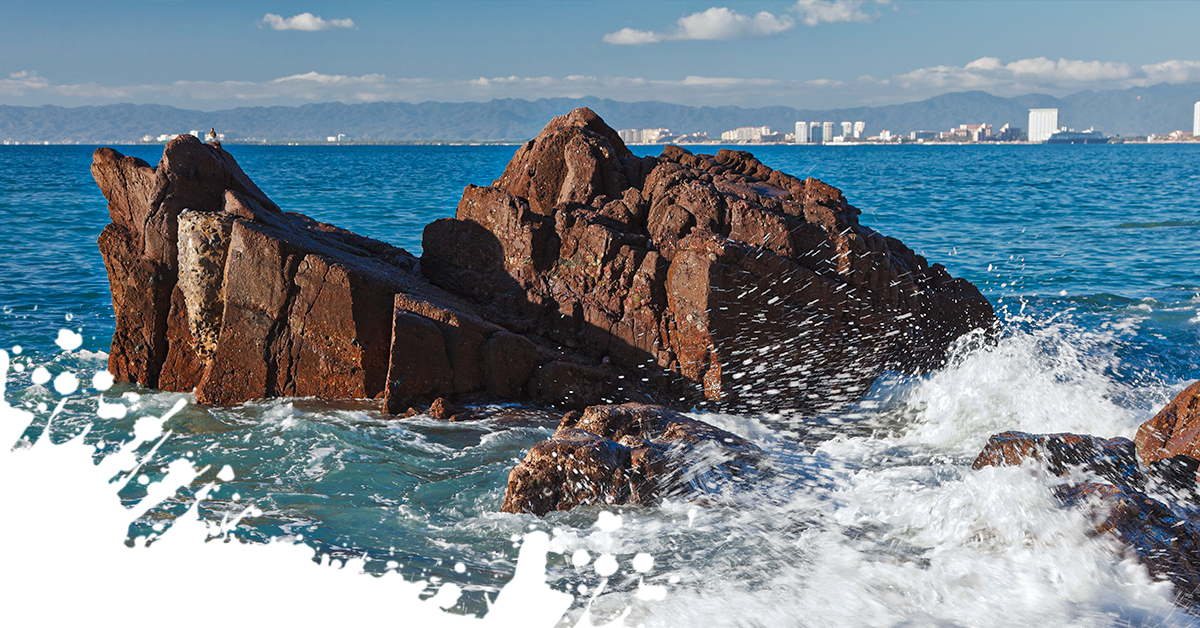
Banderas Bay and Sierra Madre Mountains
Located on Mexico’s Pacific Coast, Banderas Bay meets the lush jungle of the Western Sierra Madre to create an inviting and unique environment. The local climate is tropical which promotes a large variety of flora and fauna, both on land and in the water. The area is considered a very important habitat in North America due to the large number of species that inhabit the area. There, the Western Sierra Madre is composed of thick jungle vegetation that grows right down to the edge of the Pacific Ocean. This extraordinary environment creates a safe haven for mammals, reptiles, and insects. In addition, there are more than four hundred bird species of many different sizes and colors and three hundred orchid species found in the region.
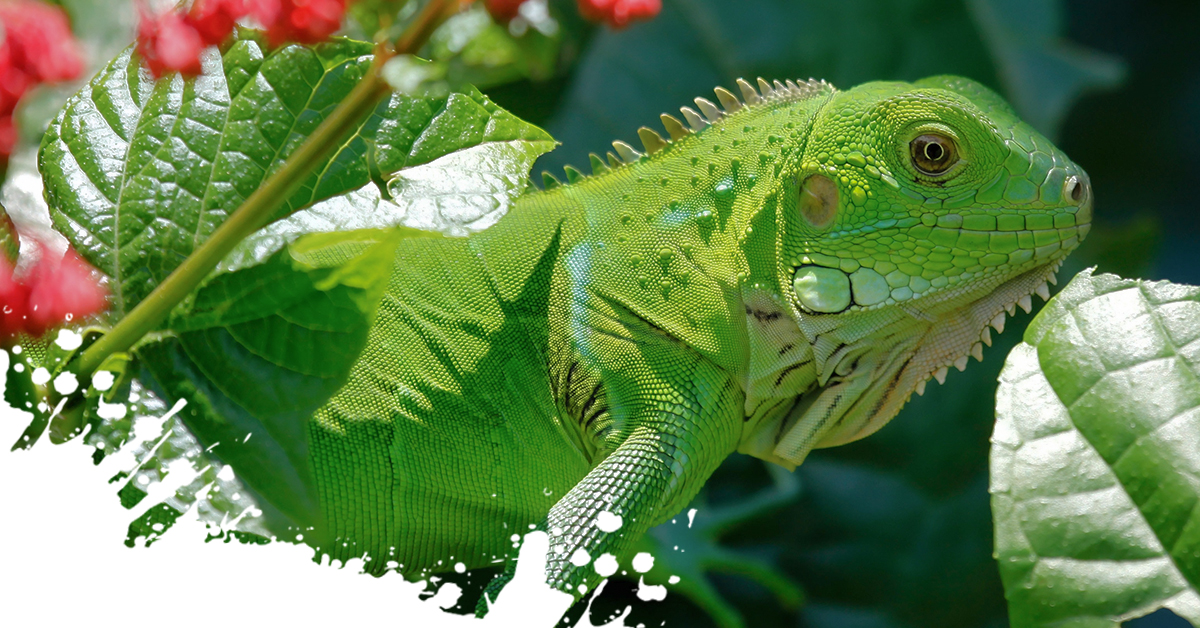
Flora in Banderas Bay
The lush jungle of the Sierra Madre mountains is home to many species of trees. The most common species found in the area include parota, cedar, nogal, capomo, habillo, ficus and bus. There are also beautiful oil coconut trees and coyul that transform the jungle into a palmar in large concentrations. Other important plant species found in the area include orchids and bougainvillea. In fact, the local Puerto Vallarta Botanical Gardens has one of the most important collections of orchids in the country. There is even a micropropagation laboratory for species of the flower that is in danger of extinction. Puerto Vallarta is also where delicious tropical fruit is grown including coconuts, guamuchiles, mangos, guavas and avocados.
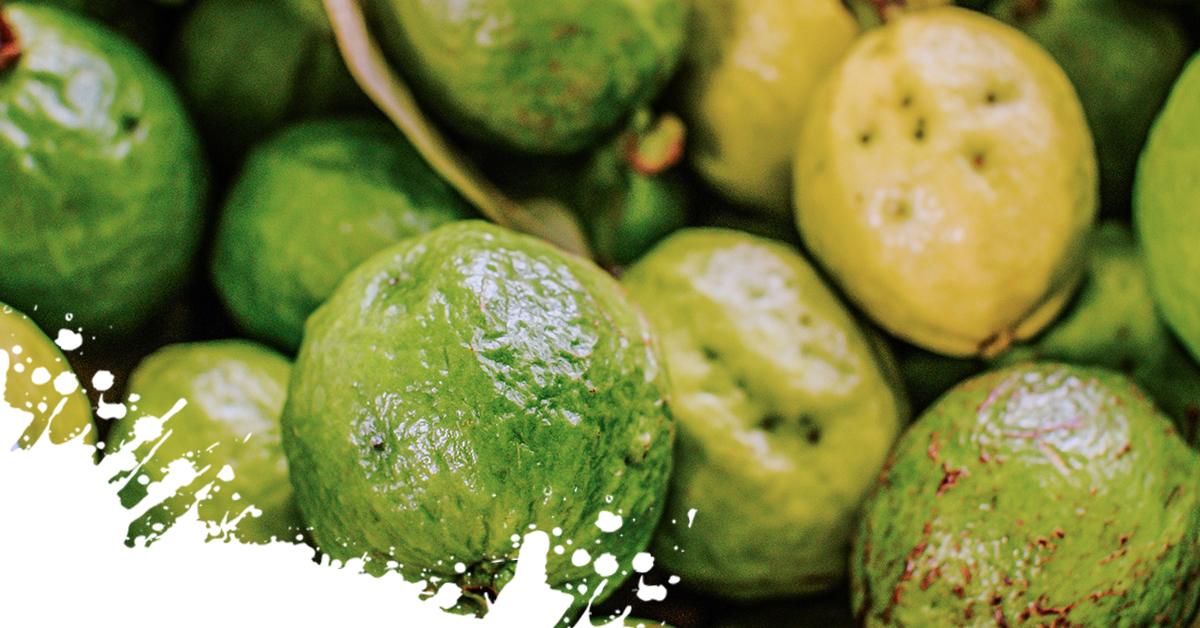
Fauna in Banderas Bay
The tropical jungle of the Sierra Madre Mountains offers food and shelter to a large number of animals. Some of the more unusual inhabitants include the nine-banded armadillo, cat-sized armored insectivorous mammal, the nocturnal badger, and the white-nosed coati. Four important felines found in the area include <b+ style=”color:#02bfd0;”> jaguars, <b+ style=”color:#02bfd0;”>ocelots, jaguarundis and margays. Even the white-tailed deer can be found in the mountains, too. Common reptiles include green iguanas, spiny-tailed iguanas, the Mexican beaded lizard, crocodiles and numerous species of snakes.
Marine Life in Banderas Bay
Banderas Bay also has incredible marine diversity. There, many species enjoy the protection of the bay. Some of the most common fish include the blue marlin, black marlin, red snapper, sailfish, tuna, and sea bass. In addition, 5 species of sea turtles are found in Banderas Bay. Local conservation efforts are in place that has helped improve the turtle’s survival rates. Plus, visitors to the area can participate in baby sea turtle releases which is a magical experience that everyone visiting the area should try out. Each year, sea turtles arrive on the Puerto Vallarta coasts to lay their eggs in the same location where they were born. Also, several species of dolphins including bottlenose dolphins, spotted dolphins, and spinner dolphins inhabit the bay. Dolphins love to show off by jumping in the area to the delight of visitors cruising through the bay aboard boats.
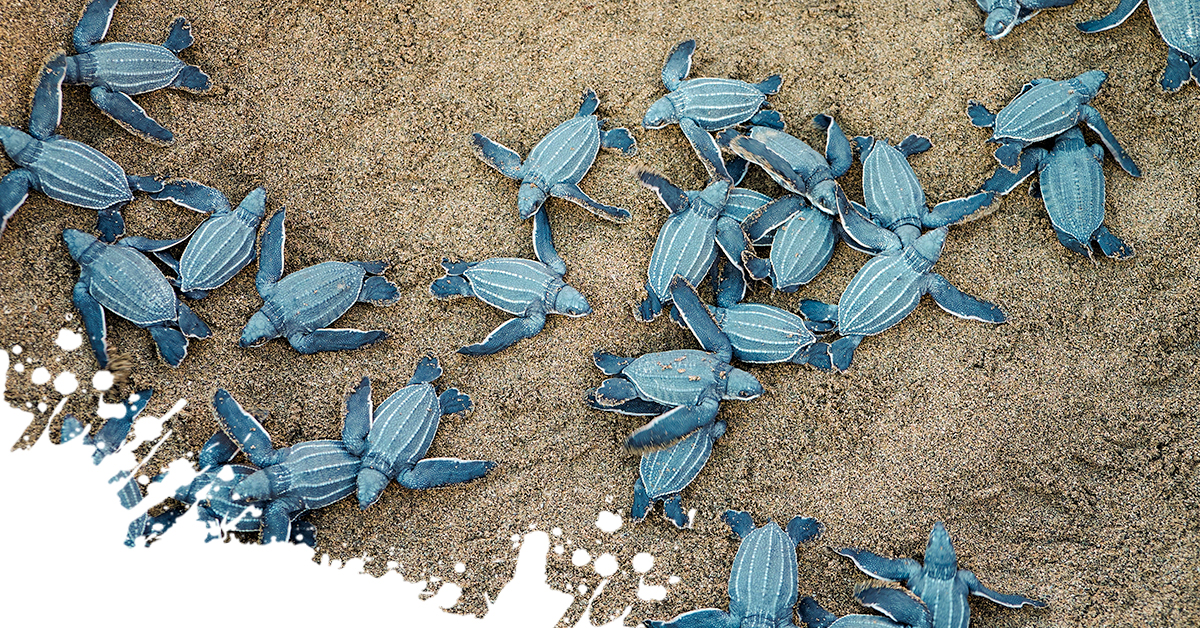
Annual Humpback Whale Migration
Each year, humpback whales return to the area during the winter months. There, the whales enjoy the warm waters of Banderas Bay from December to April where they mate and birth their young. If they are lucky, they may be able to see whales breaching or engaging in mating behaviors. Courtship could include behaviors such as rubbing bodies, patting with flippers, vocalizing, slapping the water’s surface with pectoral flippers, and rolling. The gestation period for humpback baby whales is about 11 months long. Humpback whales only migrate to three main areas including Banderas Bay, Revillagigedo Islands, and Hawaii. Therefore, no visit to Puerto Vallarta is complete without taking a whale watching tour. There, visitors will be able to get fairly close to see the massive yet gentle whales.
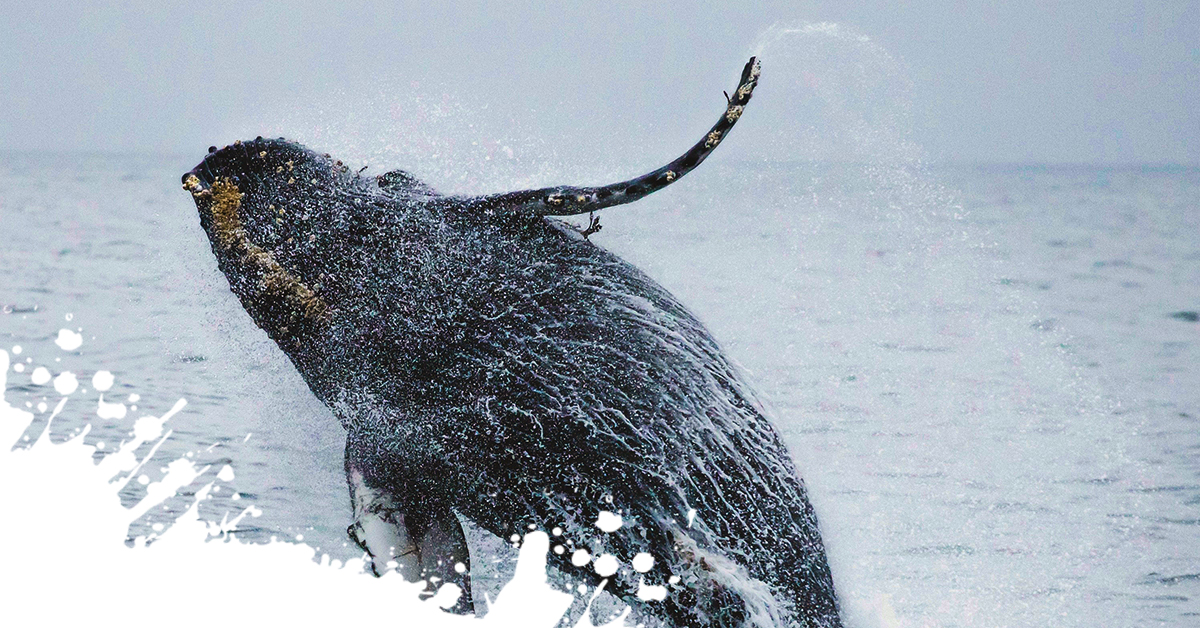
As you can see, Mexico is home to a wide variety of interesting flora and fauna. Specifically, Puerto Vallarta and Banderas Bay are incredibly biodiverse due to the tropical environment created by the Sierra Madre jungle where it meets the sea. If you want to check out the amazing wildlife and marine life for yourself, why not book a vacation to Puerto Vallarta? Amazing Mexico at (866) 883-0573 is a travel agency that only works with Mexico’s top resorts. If you want opulent accommodations, upscale amenities, and VIP services, call Amazing Mexico today at (866) 883-0573. It’s a great time to take advantage of special deals that are available for a limited time only. You deserve to pamper yourself in paradise this summer!
